
NGC 67 is an elliptical galaxy located in the constellation Andromeda that was discovered on October 7, 1855, by R. J. Mitchell, who described it as "extremely faint, very small, round". The galaxy belongs to the NGC 68 group, which also contains the galaxies NGC 68, NGC 69, NGC 70, NGC 71, NGC 72, and possibly NGC 74.

NGC 7004 is a spiral galaxy around 330 million light-years away from Earth in the constellation Indus. NGC 7004 has an estimated diameter of 166,980 light-years. NGC 7004 was discovered by astronomer John Herschel on October 2, 1834. NGC 7004 is also part of a group of galaxies that contains the nearby galaxy NGC 7002.

NGC 7012 is a large, bright elliptical galaxy located about 380 million light-years away from Earth in the constellation Microscopium. NGC 7012 was discovered by astronomer John Herschel on July 1, 1834.
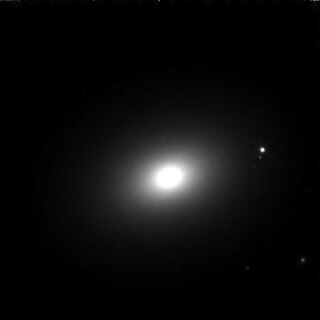
NGC 7014 is an elliptical galaxy located about 210 million light-years away from Earth in the constellation Indus. NGC 7014 was discovered by English astronomer John Herschel on October 2, 1834.
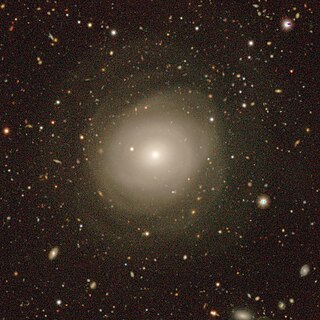
NGC 466 is a lenticular galaxy located about 227 million light-years away from Earth in the constellation Tucana. NGC 466 was discovered by astronomer John Herschel on October 3, 1836.

NGC 480 is a spiral galaxy located about 546 million light-years away from Earth in the constellation Cetus. NGC 480 was discovered by American astronomer Francis Leavenworth In 1886.

NGC 7016 is an elliptical or lenticular galaxy located about 480 million light-years away from Earth in the constellation Capricornus. NGC 7016's calculated velocity is 11,046 km/s. NGC 7016 has an estimated diameter of about 140 thousand light years. NGC 7016 was discovered by American astronomer Francis Preserved Leavenworth on July 8, 1885.

NGC 7029 is an elliptical galaxy located about 120 million light-years away from Earth in the constellation Indus. NGC 7029 has an estimated diameter of 129,000 light-years. It was discovered by astronomer John Herschel on October 10, 1834. It is in a pair of galaxies with NGC 7022.
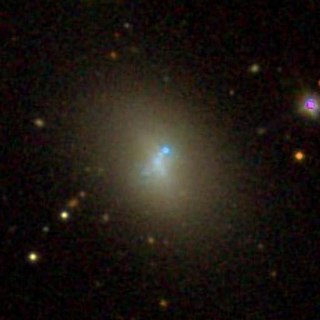
NGC 7077 is a lenticular blue compact dwarf galaxy located about 56 million light-years away from Earth in the constellation Aquarius. Discovered by astronomer Albert Marth on August 11, 1863, the galaxy lies within the Local Void.
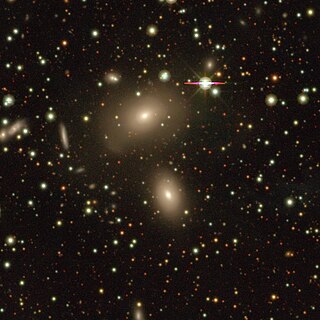
NGC 7034 is an elliptical galaxy located about 380 million light-years away in the constellation of Pegasus. It is part of a pair of galaxies that contains the nearby galaxy NGC 7033. NGC 7034 was discovered by astronomer Albert Marth on September 17, 1863.
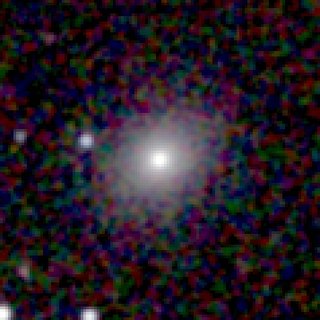
NGC 7057 is an elliptical galaxy located about 230 million light-years away in the constellation of Microscopium. NGC 7057 was discovered by astronomer John Herschel on September 2, 1836.
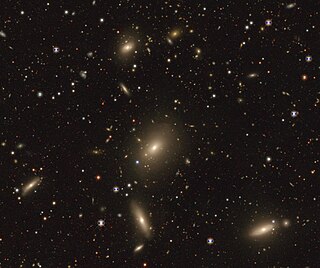
NGC 7061 is an elliptical galaxy located about 400 million light-years away in the constellation of Indus. NGC 7061 was discovered by astronomer John Herschel on September 30, 1834.

NGC 4489 is a dwarf elliptical galaxy located about 60 million light-years away in the constellation of Coma Berenices. It was discovered by astronomer William Herschel on March 21, 1784. NGC 4489 is a member of the Virgo Cluster.

NGC 4464 is an elliptical galaxy located about 70 million light-years away in the constellation of Virgo. NGC 4464 was discovered by astronomer William Herschel on December 28, 1785. NGC 4464 is a member of the Virgo Cluster.
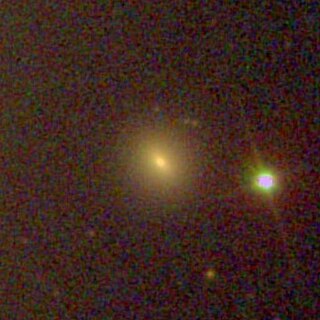
NGC 4467 is an elliptical galaxy located about 78 million light-years away in the constellation of Virgo. NGC 4467 was discovered by astronomer Otto Struve on April 28, 1851. NGC 4467 is a companion of Messier 49 and is a member of the Virgo Cluster.
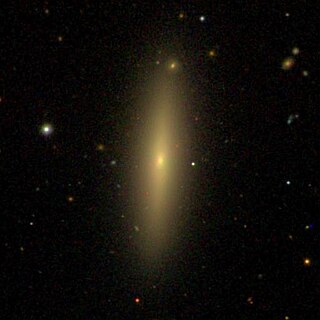
NGC 4623 is an edge-on lenticular or elliptical galaxy located about 54 million light-years away in the constellation of Virgo. NGC 4623 is classified as an E7, a rare type of "late" elliptical that represents the first stage of transition into a lenticular galaxy. NGC 4623 was discovered by astronomer William Herschel on April 13, 1784. NGC 4623 is a member of the Virgo Cluster.

NGC 4468 is a dwarf elliptical galaxy located about 55 million light-years away in the constellation of Coma Berenices. The galaxy was discovered by astronomer William Herschel on January 14, 1787. It is a member of the Virgo Cluster.
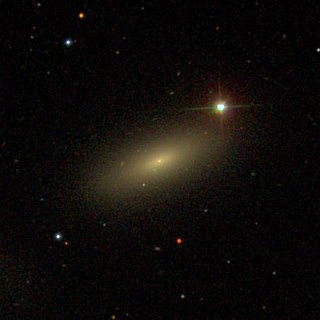
NGC 4436 is a lenticular or dwarf elliptical galaxy located about 60 million light-years away in the constellation of Virgo. NGC 4436 was discovered by astronomer William Herschel on April 17, 1784. The galaxy is a member of the Virgo Cluster.

NGC 4478 is an elliptical galaxy located about 50 million light-years away in the constellation Virgo. NGC 4478 was discovered by astronomer William Herschel on April 12, 1784. NGC 4478 is a member of the Virgo Cluster.

NGC 4482 is a dwarf elliptical galaxy located about 60 million light-years away in the constellation Virgo. NGC 4482 was discovered by astronomer William Herschel on March 15, 1784. It was rediscovered by astronomer Arnold Schwassmann on September 6, 1900 and was listed as IC 3427. It is a member of the Virgo Cluster.




















